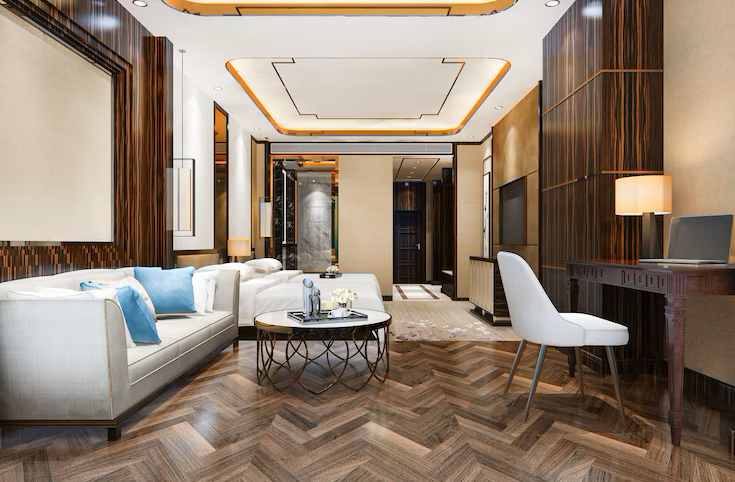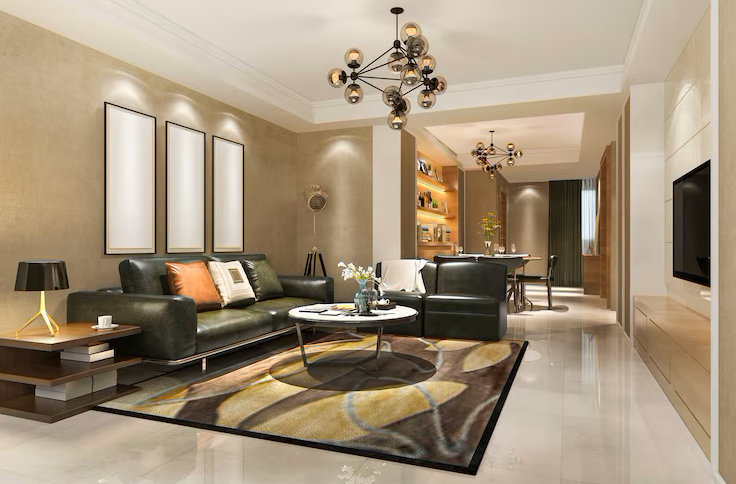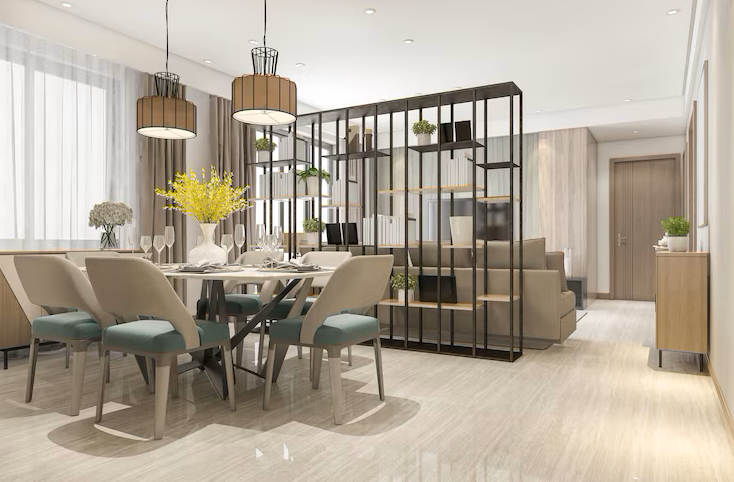The Role of Interior Designers in Chennai in Blending Tradition with Modernity
The Role of Interior Designers in Chennai in Blending Tradition with Modernity
In the bustling and ever-evolving urban landscape of Chennai, interior design is no longer just about decorating spaces—it is about storytelling. Chennai, a city rooted deeply in culture and tradition, is witnessing a design revolution where classic elements are being seamlessly blended with modern aesthetics. At the heart of this transformation are the interior designers in Chennai, who play a pivotal role in preserving the city’s heritage while crafting spaces that suit contemporary lifestyles.
Understanding Chennai’s Cultural Backdrop
Chennai is a city steeped in cultural richness. From the intricate carvings of ancient temples to the vibrant hues of traditional Kolam designs, every corner of the city echoes stories of the past. Yet, it is also a growing metropolitan hub, with IT parks, luxury apartments, and modern infrastructure shaping its present. This duality poses a unique challenge and opportunity for interior designers in Chennai—to respect the past while embracing the future.
Tradition Meets Technology
One of the defining roles of interior designers in Chennai today is incorporating traditional design elements into modern settings. This often involves the use of locally-sourced materials like Athangudi tiles, teakwood, brass fixtures, and Chettinad-style furniture. Designers creatively use these elements to maintain a connection to the region’s heritage, while ensuring the overall design remains fresh, functional, and contemporary.
For instance, in a modern apartment in Adyar or Besant Nagar, an interior designer may install a sleek modular kitchen outfitted with cutting-edge appliances, but complement it with handcrafted wooden cabinets or spice racks with traditional lattice designs. These thoughtful juxtapositions elevate a space from simply modern to meaningfully modern.
Spatial Planning with Cultural Sensitivity
Chennai homes often reflect familial and social values—joint family living, spaces for puja (prayer), and verandas or courtyards for gatherings. Modern interior designers in Chennai understand the emotional and functional significance of these spaces and ensure their presence in urban homes, albeit with a modern twist.
Instead of expansive traditional courtyards, designers may create internal patios with skylights or vertical gardens that echo the essence of open spaces. Similarly, prayer rooms are now designed as serene alcoves with minimalistic aesthetics and clever lighting—balancing spiritual function with modern design principles.
The Use of Color, Texture, and Motifs
Another hallmark of blending tradition and modernity lies in the aesthetic palette. Interior designers in Chennai often draw from classical South Indian motifs such as mango, peacock, and lotus patterns, incorporating them through wall art, upholstery, or inlays. Earthy tones like terracotta, ochre, and sandalwood hues are often juxtaposed with neutral shades and metallic accents, creating a harmony of the old and new.
Textural contrast is also widely used—pairing rough stone or wooden finishes with smooth, polished surfaces such as glass or steel. These design choices ensure that the spaces are not just visually appealing but also narrate Chennai’s story through tactile experiences.
Sustainability and Local Sourcing
With growing awareness around sustainability, interior designers in Chennai are increasingly turning to local artisans and sustainable practices. By using eco-friendly materials and promoting handloom fabrics, stonework, and locally-made furniture, they support traditional crafts while ensuring a lower carbon footprint.
This approach does more than preserve the environment—it revitalizes traditional arts that might otherwise fade away, giving them a place in the modern world.
Meeting Contemporary Needs
Modern families in Chennai demand functionality, automation, and minimalism. The role of an interior designer, therefore, includes smart space utilization, incorporating technology (like home automation and energy-efficient lighting), and ensuring that the space is easy to maintain. While tradition is respected, practicality is never compromised.
Designers achieve this through innovative storage solutions, multi-purpose furniture, and layouts that optimize space usage—whether it’s for a cozy apartment in T. Nagar or a spacious villa in ECR.
Conclusion
The work of interior designers in Chennai is not just about beautifying homes—it is about creating a dialogue between the city’s rich heritage and its modern aspirations. They are curators of culture and architects of modern living, proving that tradition and modernity are not opposites but two sides of the same design coin.
By blending intricate craftsmanship with sleek design, incorporating cultural narratives into futuristic spaces, and maintaining a delicate balance between form and function, these designers are transforming the identity of Chennai’s interiors—one home at a time.




